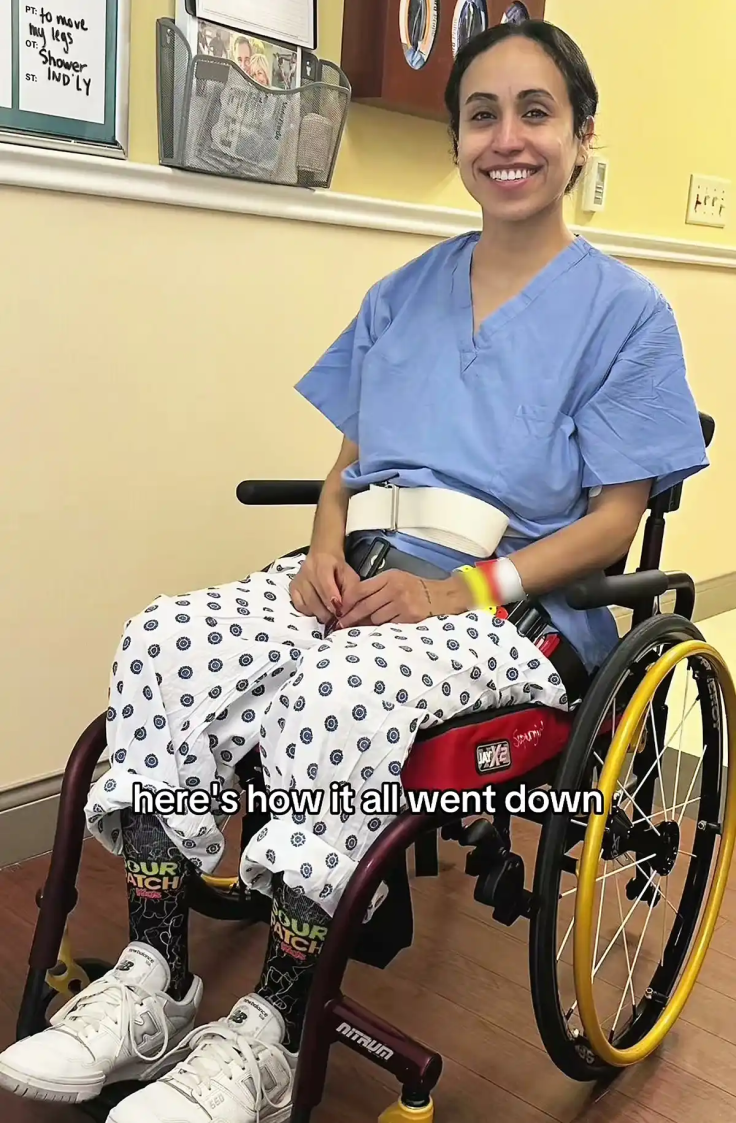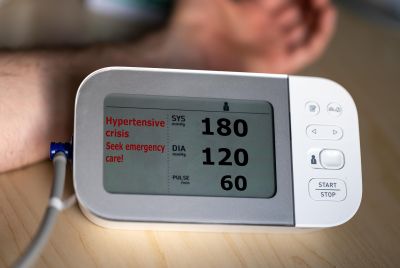Fitness Influencer Left Paralysed from Waist Down After Tick Bite
After collapsing suddenly, 25-year-old fitness influencer Sarah Palen was diagnosed with a rare tick-borne infection that left her paralysed from the waist down

A fitness influencer has been paralysed from the waist down after contracting a rare tick‑borne condition, shedding light on the serious risks associated with tick bites and overlooked symptoms.
From Aches to Paralysis
California‑based fitness coach Maria Palen first noticed minor aches in early 2024. By March, her condition had deteriorated dramatically: severe pain, unexpected weight loss, and eventually paralysis. She described feeling so weak at one point that 'locking my phone or turning my car's wheel became moments of agony.'
Originally misdiagnosed with an autoimmune disorder, doctors eventually discovered she had babesiosis—a microscopic parasite transmitted by ticks that attacks red blood cells and leaves the immune system vulnerable. Blood tests also suggested possible Lyme disease.
In October 2024, Palen's symptoms became acute: fever, pain and numbness spreading from her legs up to her belly button. Spinal fluid tests revealed alarming inflammation, with a high white blood cell count—evidence of her spinal cord being attacked, though doctors were unable to identify a specific cause.
The Medical Response
Once doctors identified the culprit—a tick-borne bacterial infection—they acted swiftly. Palen was placed on an aggressive course of intravenous antibiotics to halt the spread of the bacteria and reduce inflammation. While the treatment successfully eliminated the infection from her system, the damage had already taken hold.
The bacteria had attacked her spinal cord, leading to a rare neurological complication that left her paralysed from the waist down. According to her medical team, the inflammation caused by the infection had disrupted nerve signals, leading to what specialists described as incomplete spinal cord injury.
Despite early intervention, the prognosis was sobering. Physicians informed the family that Palen had only a 33% chance of making a full neurological recovery—a figure based on the extent of nerve damage observed through MRI scans and clinical assessments.
Determined not to give up, Palen began an intensive rehabilitation programme shortly after stabilising. Her therapy regimen includes daily physiotherapy, neuromuscular re-education, occupational therapy, and adaptive strength training aimed at improving both mobility and function. She now uses assistive devices, including a wheelchair and leg braces, and requires support with everyday tasks.

Doctors stress that recovery from spinal complications like Palen's can be unpredictable, with improvements often measured in small but meaningful gains over months or even years. For now, her care team is focused on managing nerve pain, preventing muscle atrophy, and maintaining her overall health to support long-term recovery.
Life Disrupted and Community Support
The illness brought devastating consequences. Palen lost her career and apartment and is now residing with family. A GoFundMe campaign launched in January 2025 has raised over $12,000 (nearly £9,000) to assist with mounting medical bills.
Despite the hardship, she remains resolute and determined. Posting regular updates, she describes each small milestone, like regaining sensations in her legs, as 'a moment of celebration.'
Understanding Tick‑Borne Paralysis
While babesiosis and Lyme disease are well known, another condition—tick paralysis—is caused when certain ticks inject a neurotoxin during feeding. Symptoms typically appear after 3–7 days of attachment and begin with leg weakness, progressing upward. If untreated, it can eventually compromise breathing.
Fortunately, tick paralysis reverses quickly once the tick is removed. Experts emphasise early detection and careful removal as vital measures.
How to Safely Remove a Tick
- Use fine-tipped tweezers to grasp the tick as close to the skin's surface as possible.
- Pull upward steadily and firmly—don't twist or jerk.
- Clean the bite area and hands with alcohol, iodine scrub, soap, and water.
- Monitor the site for symptoms such as rash, fever, muscle weakness, or headache, and seek medical advice if any appear within a month.
Medical authorities like the British Tick-borne Disease Group (UK) and the CDC (US) recommend these steps and reminders that tick-borne illnesses can transmit quickly, even within 15 minutes of attachment.
What You Can Do Now
- Stay vigilant during outdoor activities, especially in wooded or grassy regions.
- Wear long-sleeved clothing and light colours to make ticks easier to spot.
- Perform thorough tick checks daily, including on children and pets.
- Remove ticks promptly and follow up with health providers if symptoms appear.
© Copyright IBTimes 2025. All rights reserved.





















